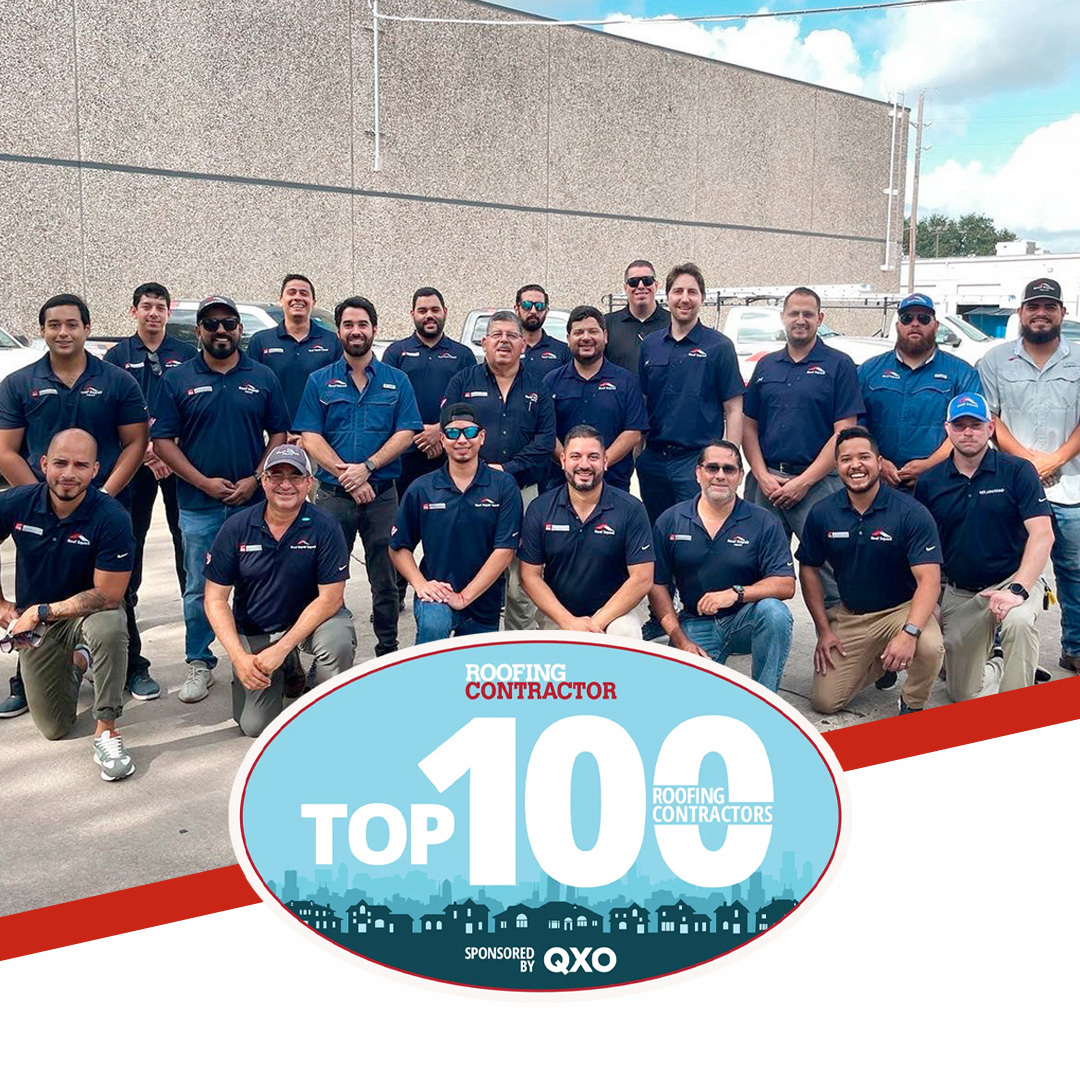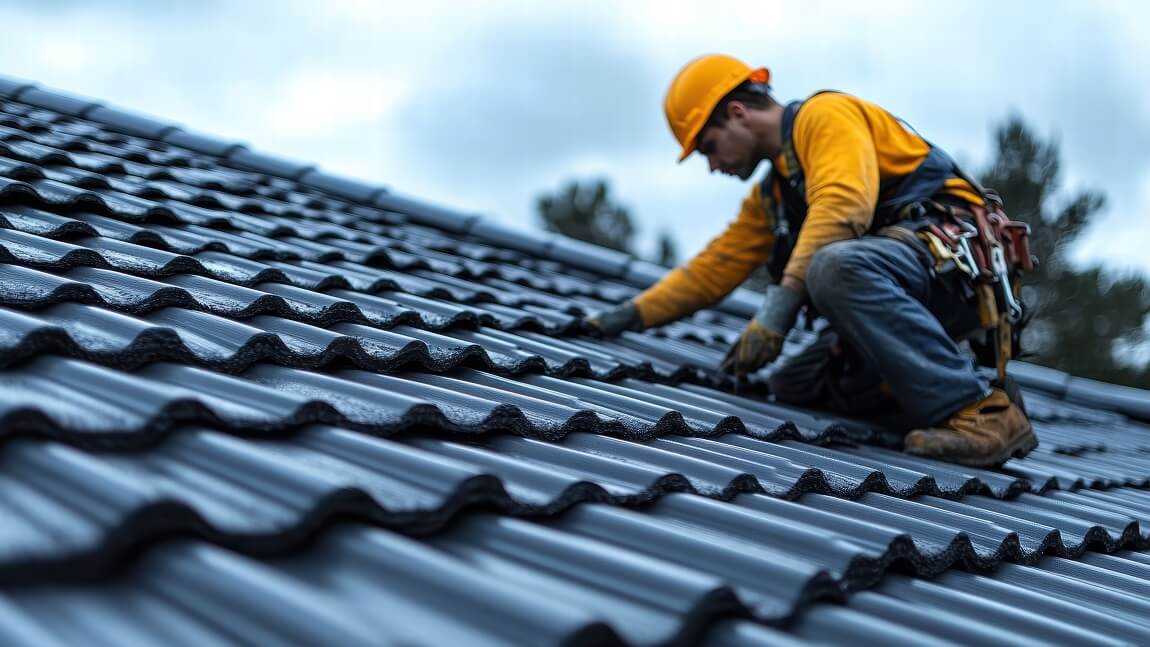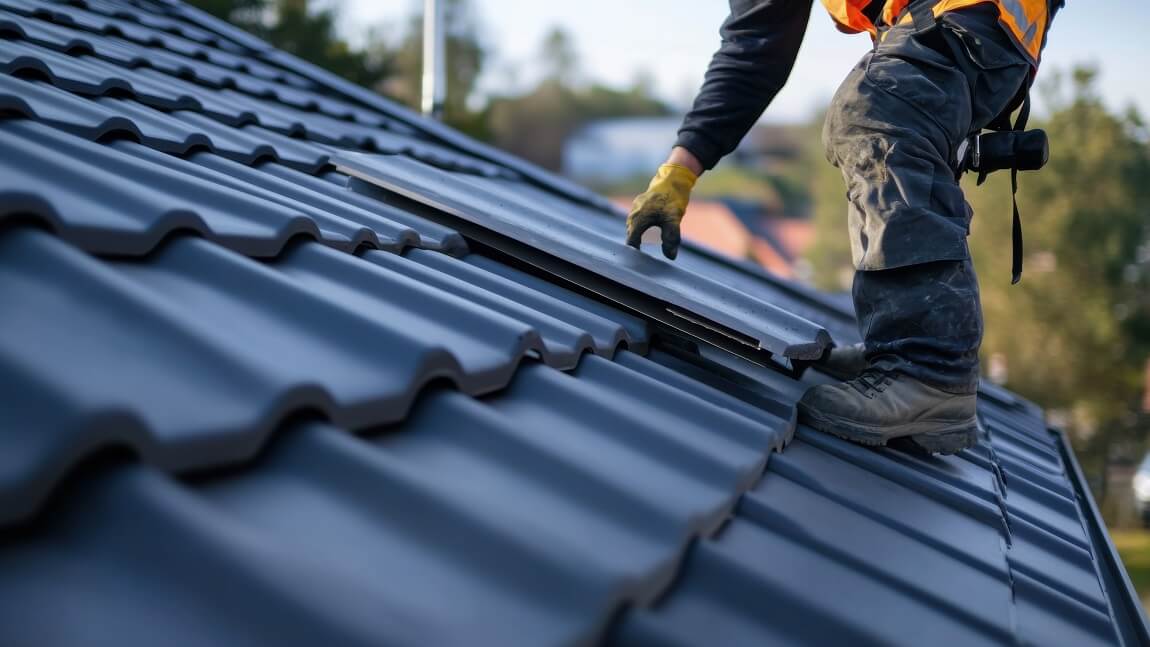Your home’s exterior should look good while weathering whatever Texas’ climate throws at it. As one of the major elements of your house, sidings play a vital role in how well your home maintains its quality and endures the heat and torrential downpours. Since you have a wide range of options when selecting a siding, here's a thorough guide to make the process easier.
Texas is known for its heat, humidity, and occasional severe weather, which can damage your home’s exterior. The following are some points that you could keep in mind while making your choice:
No matter your location, consider factors like fire resistance, energy efficiency, and ease of maintenance when making your final decision.
Let’s look at some of the siding options that can cater to the specific needs of your Texas home:
Fiber cement, made from a mix of cement and cellulose fibers, can mimic the look of wood, stucco, or masonry. It can also withstand extreme weather conditions, making it a top choice for Texas homeowners. Furthermore, it is popular for its durability, fire resistance, and pest resistance.
In areas like Central and West Texas, where the sun can be relentless, fiber cement protects against fading and cracking. Meanwhile, in the humid and wet conditions of East Texas, it provides excellent moisture resistance, preventing issues like mold and rot.
Vinyl siding is a popular and cost-effective option for many Texas homeowners. Its versatility in color and style makes it easy to match various architectural designs. Since it’s low-maintenance, it requires only occasional cleaning to keep it looking fresh.
However, in the intense Texas heat, especially in Central and West Texas, vinyl can be prone to warping if not installed correctly. Additionally, while it offers some level of moisture resistance, it may not be the best choice for coastal areas where salt air and high humidity prevail.
Stucco is particularly suited to the dry, hot climates of Central and West Texas. It offers excellent insulation properties, helping to keep homes cool during scorching summer months. Its thick, layered application makes it resistant to fire and provides some soundproofing benefits as well.
Stucco might require additional maintenance to prevent cracking and water infiltration in humid regions, like East Texas or along the coast. When properly applied and maintained, it can offer a durable and aesthetically pleasing finish.
Choosing the perfect siding material is a significant decision that might need professional assistance. We at Roof Squad can assess your specific needs and recommend the best siding option for your Texas home. We offer a variety of siding options and work with only the highest-quality materials and installation techniques. Contact us today for a free consultation!

We’re excited to share that Roof Squad has officially been named one of the Top 100 Roofing Contractors in the U.S. for 2025, according to Roofing Contractor Magazine, the leading voice in the industry.
Read More
Is your attic silently damaging your roof? Discover how proper roof ventilation protects your home and lowers costs—ready to check your attic airflow?
Read More
Learn expert tips on home roof maintenance to extend lifespan and avoid costly repairs. Discover how to prevent leaks and choose the right contractor.
Read More
19407 Park Row, Suite 130 Houston, TX 77084
140 Heimer Rd Suite 195, San Antonio, TX 78232,
2815 Division Street, #202 Metairie LA, 70002
13334 Seaway Road Gulfport, MS 39503




Serving Arvada, Aurora, Boulder, Broomfield, Brighton, Denver, Erie, Firestone, Highlands Ranch, Lakewood, Littletoon, Lousville, Parker, Thorton, Westminster
Serving Houston, Sugar Land, Katy, Missouri City, Richmond, The Woodlands, Kingwood, Cypress, Tomball, Pearland, Pasadena, Beaumont
Serving Houston, Sugar Land, Katy, Missouri City, Richmond, The Woodlands, Kingwood, Cypress, Tomball, Pearland, Pasadena, Beaumont
Serving Baton Rouge, Houma, Slidell, Metairie, Kenner, New Orleans and Mandeville
Serving Gulfport, Waveland, bay St. Louis, Biloxi, Ocean Springs, Pascagoula